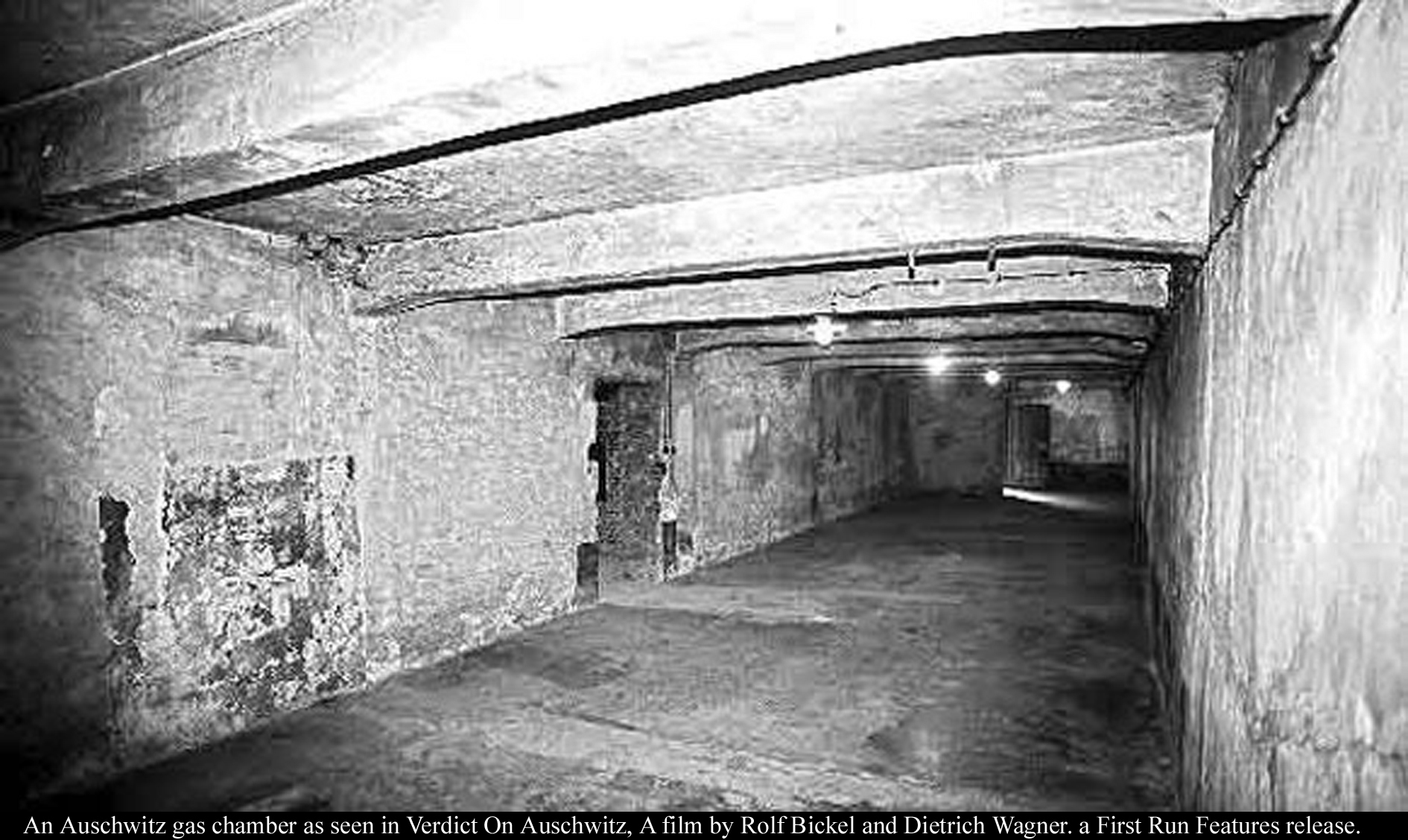
Key Visual Techniques
There are some powerful visual techniques being used in this photo. Take 5 minutes to point out at least 5 aspects of the photo which stand out to you and how they relate to the great anguish that was experienced at this site (create a post on your blog with the photo - don't try to copy and paste photo it won't work).
- Consider the use of vectors, line, contrast, composition, colour, and perspective (there are more techniques) The barb wire fence and the long building makes the camp long endlessly long. It makes you feel that is was hopeless for the Jews to escape. The contrast of the snow and the dark buildings is very bland. The wire fence looks very dark and menacing. In the distance you can see the watch tower and with the fence looming over you it gives you the Jews perspective, It makes you feel small and powerless. There is an absence of life.
- How can the visual elements in the photo evoke empathy and reverence from a viewer? The barb wire fence makes you feel empathy for the Jews and the buildings look very cold and uncomfortable.
- How is Auschwitz represented in this photo? Very cold and dark.
- Find another photo of Auschwitz that you feel has an important representation of this place that caused so much pain and destruction. Analyse the use of visual techniques which make it particularly engaging. How does it represent this location?

This gas chamber is a representation of how Auschwitz caused so much pain and destruction. The chamber is very cold and dark. The low ceiling gives a sense of claustrophobia. The walls are vector lines and make the chamber seem much longer and darker.
No comments:
Post a Comment